Electric dreams: EV road test

With the South Australian Government aiming to make electric vehicles the common choice for new car-buyers by 2030 and the default choice by 2035, we can expect to see more EVs humming around the streets of Adelaide over the next few years.
Overseas, 14 countries have already proposed banning the sale of passenger vehicles powered by fossil fuels (petrol, gas and diesel) in the near future.
In a spread out, car-centric country like Australia, no similar promises have been made, but year on year, the uptake of EVs is increasing.
Figures from the Federal Chamber of Automotive Industries show 1769 electric vehicles were sold in Australia last year.
This may not seem like a huge amount, but it’s an increase of 16% compared with 1523 delivered in 2019.
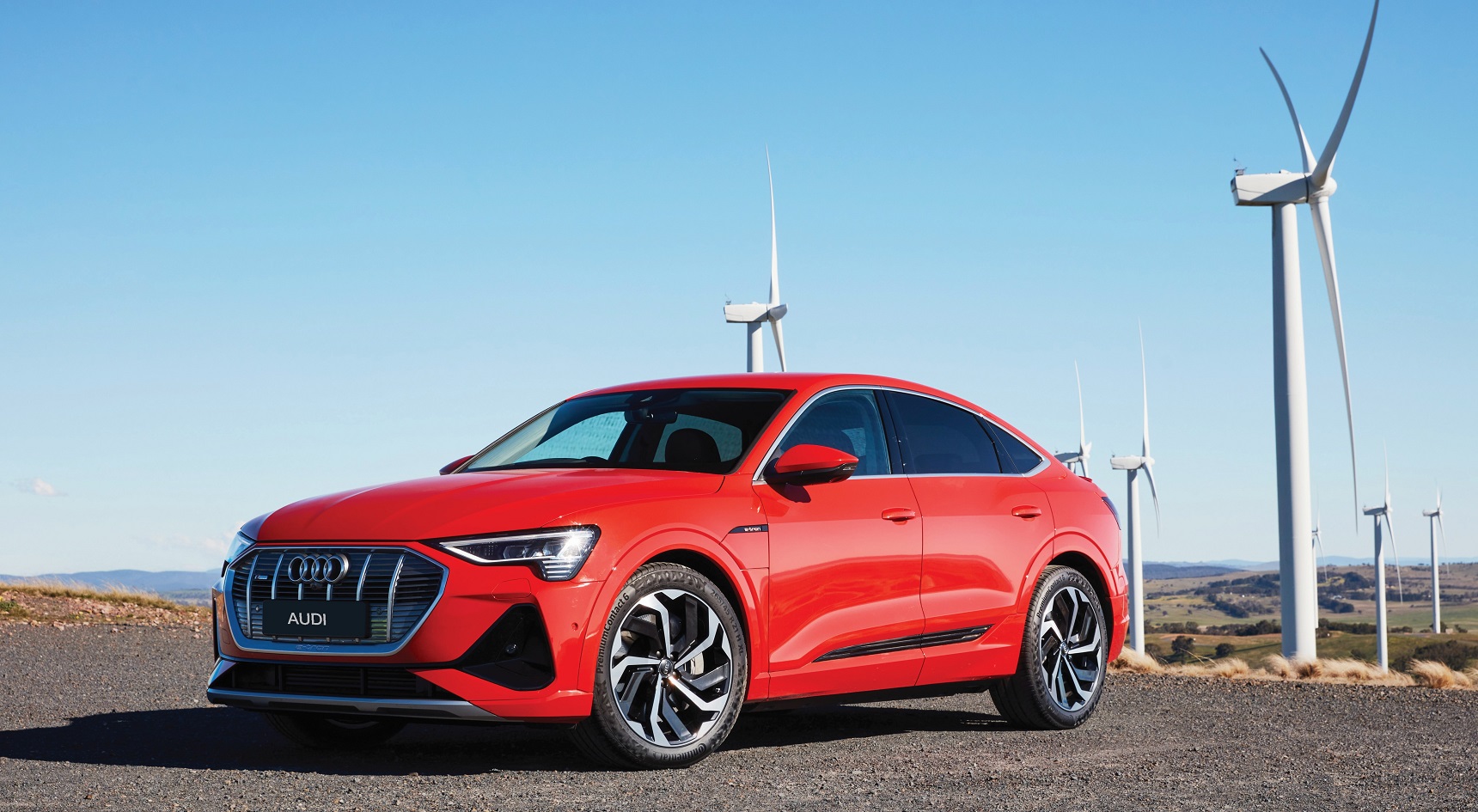
With EVs becoming more and more popular on our roads, we thought it was about time we got behind the wheel ourselves.
Without further ado, here are 4 small, electric SUVs available in SA today, appealing to a range of buyers, from budget-conscious to performance-minded.
| Specs | 2021 MG EV ZS | 2021 Audi e-tron 50 | 2021 Jaguar I-Pace S | 2021 Hyundai Kona EV |
|---|---|---|---|---|
| Power | 105kW | 230kW | 293kW | 150kW |
| Battery capacity | 44.2kWh | 71kWh | 90kWh | 64kWh |
| Average range | 263km | 300km | 470km | 484km |
| Battery warranty | 8 years/160,000km | 8 years/160,000km | 8 years/160,000km | 8 years/160,000km |
| Drive | FWD | AWD | AWD | AWD |
| Plug type | CCS 2 | Type 2 and CCS DC | Type 2 | Type 2 |
| Price new (driveaway) | $43,990 | $148,361 | $139,191 | $66,716 |
The drive
For those who’ve never driven an EV, the first 2 things you’ll notice when planting yourself behind the wheel are rapid acceleration (even in the lower spec MG ZS) and quietness.
The Jaguar I-Pace stands out from the crowd, boasting sports car-challenging performance.
Its prodigious 696Nm of torque sprints it from 0-100km/h in under 5 seconds. Considering its hefty weight, this is no mean feat.
Across the board, battery packs – which weigh around half a tonne – are situated low in the body, under the floor. This results in a low centre of gravity, making for impressive handling.
All of our electric SUVs are eerily quiet inside the cabin. For most of us who’ve grown up with the familiar noise of an internal combustion engine, this can be hard to get used to, especially on take-off.
Strange as it may be at first, it’s an experience we quickly warmed to.
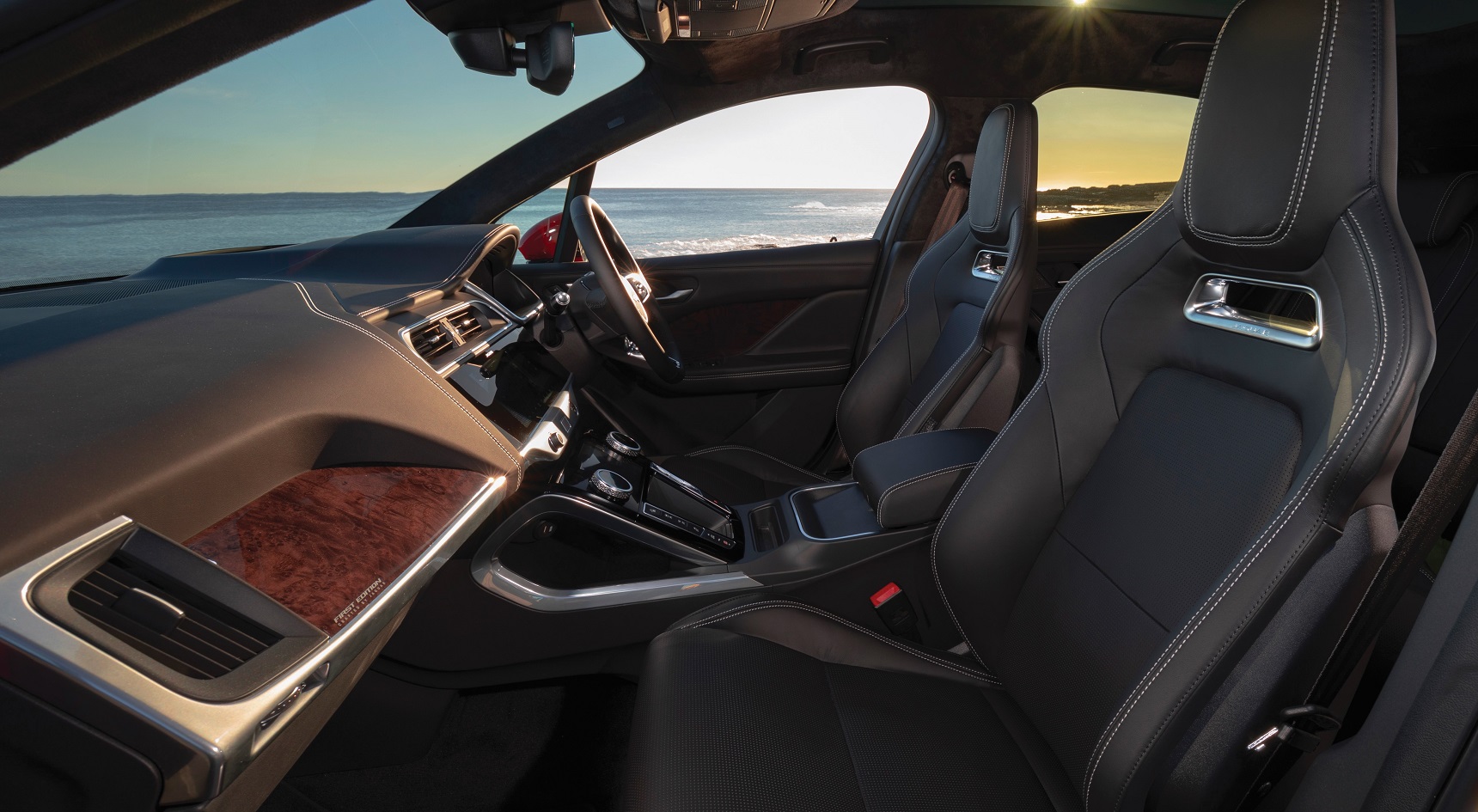
Both the Jaguar and the Audi have 2 motors, effectively giving them all-wheel drive and contributing greatly to their impressive handling.
The considerably lower priced Hyundai and MG have a single motor driving the front wheels.
When it comes to range and battery capacity, it’s not a case of the higher the cost, the further you’ll go. Despite costing $81,645 less than the Audi e-tron, the Kona’s range is greater – a huge win for Hyundai.
Of all our line-up, the Kona has the longest range (484km), while, expectedly, the cheaper MG ZS has the shortest at 263km. The e-tron is the only one of the bunch that is rated for towing and will pull a useful 1.8 tonnes.
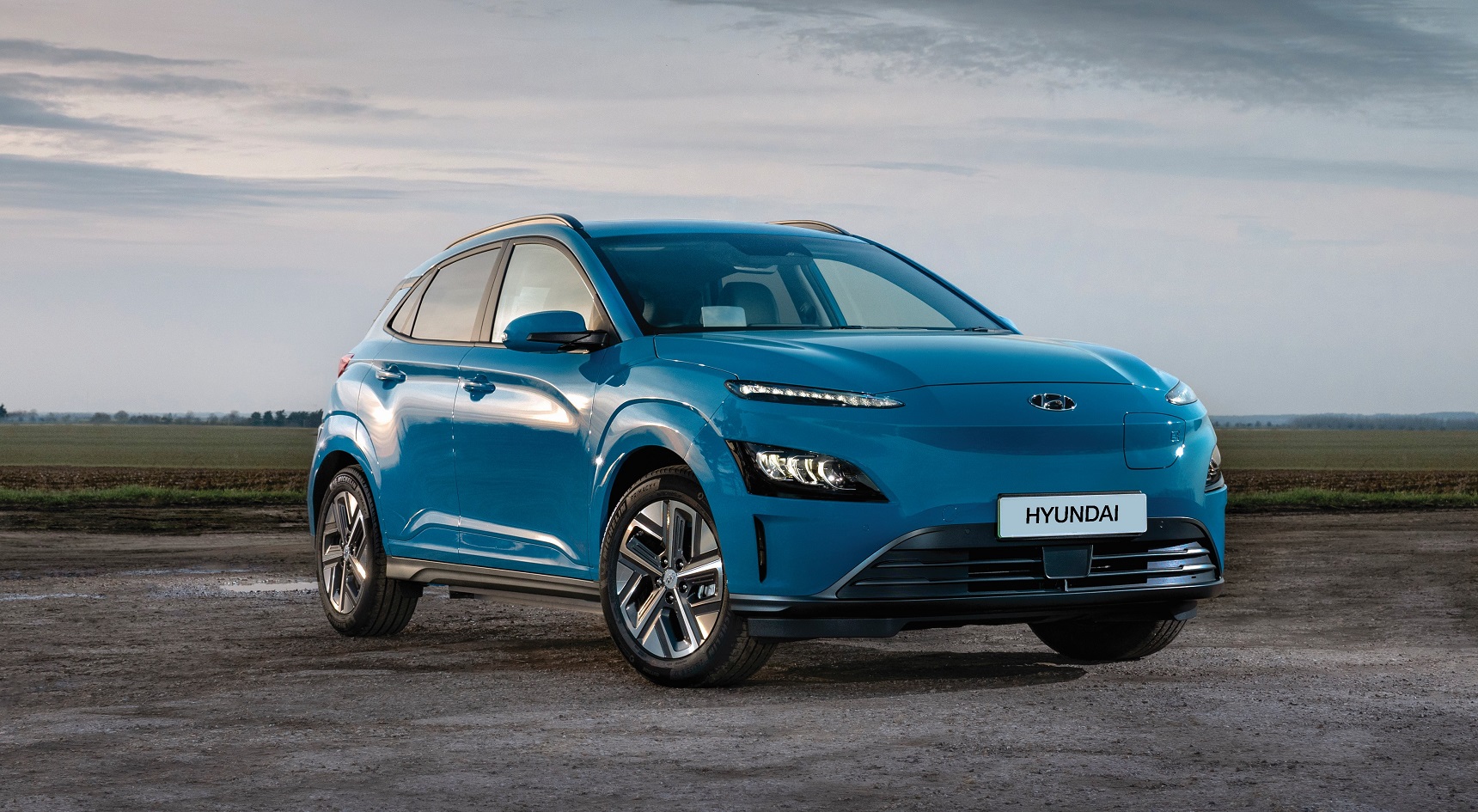
Safety
Despite all their differences, each of our electric SUVs achieved a 5-star ANCAP safety rating. Being technology leaders, each model showcases the most advanced safety tech their brand currently offers.
All 4 cars offer advanced driver assistance systems (ADAS), including features like blind-spot collision avoidance and safe exit warning systems.
As expected, the Audi and Jaguar feature far more safety features than the MG and Hyundai. Fork out for an e-tron 50, and thou shall receive autonomous emergency braking, lane-keeping assist, lane-departure warnings, rear cross traffic alerts and blind-spot monitoring.
The I-Pace protects its occupants with emergency braking, traffic sign recognition, an adaptive speed limiter and a driver condition monitor. This system uses thousands of data points to analyse whether a driver is tired or not, then encourages those who display signs of drowsiness to take a break.
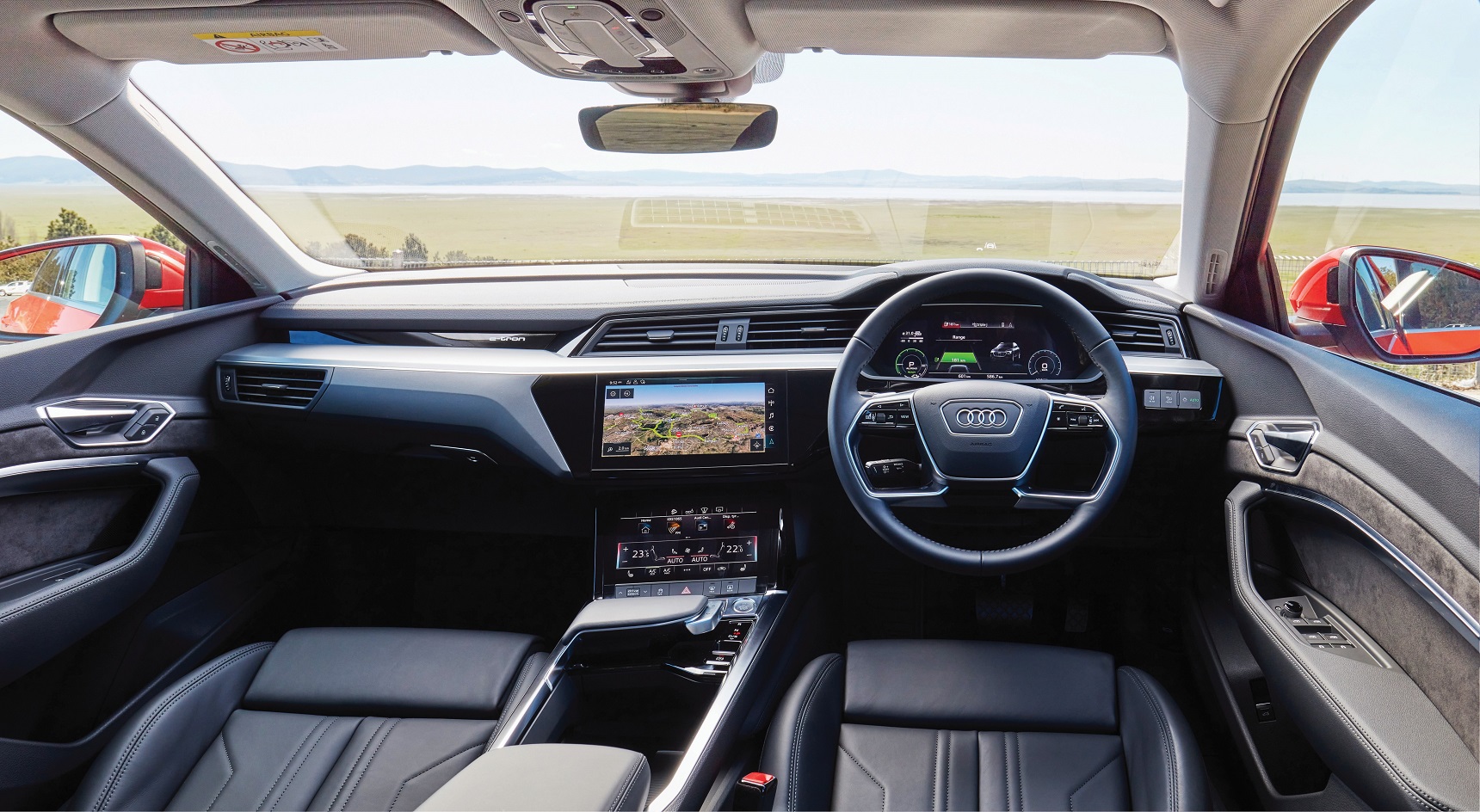
Practicality
Of our bunch, the MG has a fraction more room than the rest. As there are no transmission tunnels, rear passengers in the MG have a near flat floor at their feet.
The Audi has an interesting ‘virtual mirror’ option. Instead of featuring traditional exterior rear-vision mirrors, e-trons use small, integrated cameras which digitally project information into the cabin through a 7-inch display at the base of the A-pillars.
Audi claims the main advantage of this technology is that it improves vision in lower light and when there’s glare. It also reduces aerodynamic drag, adding to the car’s range and generating less wind noise.
As a general rule, household 10Amp power points will allow a charge rate of 2.4Kw per hour. At home, this would make fully charging the huge 90kWh battery of the Jag more than a just an overnight task.
That being said, all of our line-up can be charged from higher output charging stations, which you can find around the city. To make this possible, they feature sophisticated battery temperature management systems, which add to the overall cost.
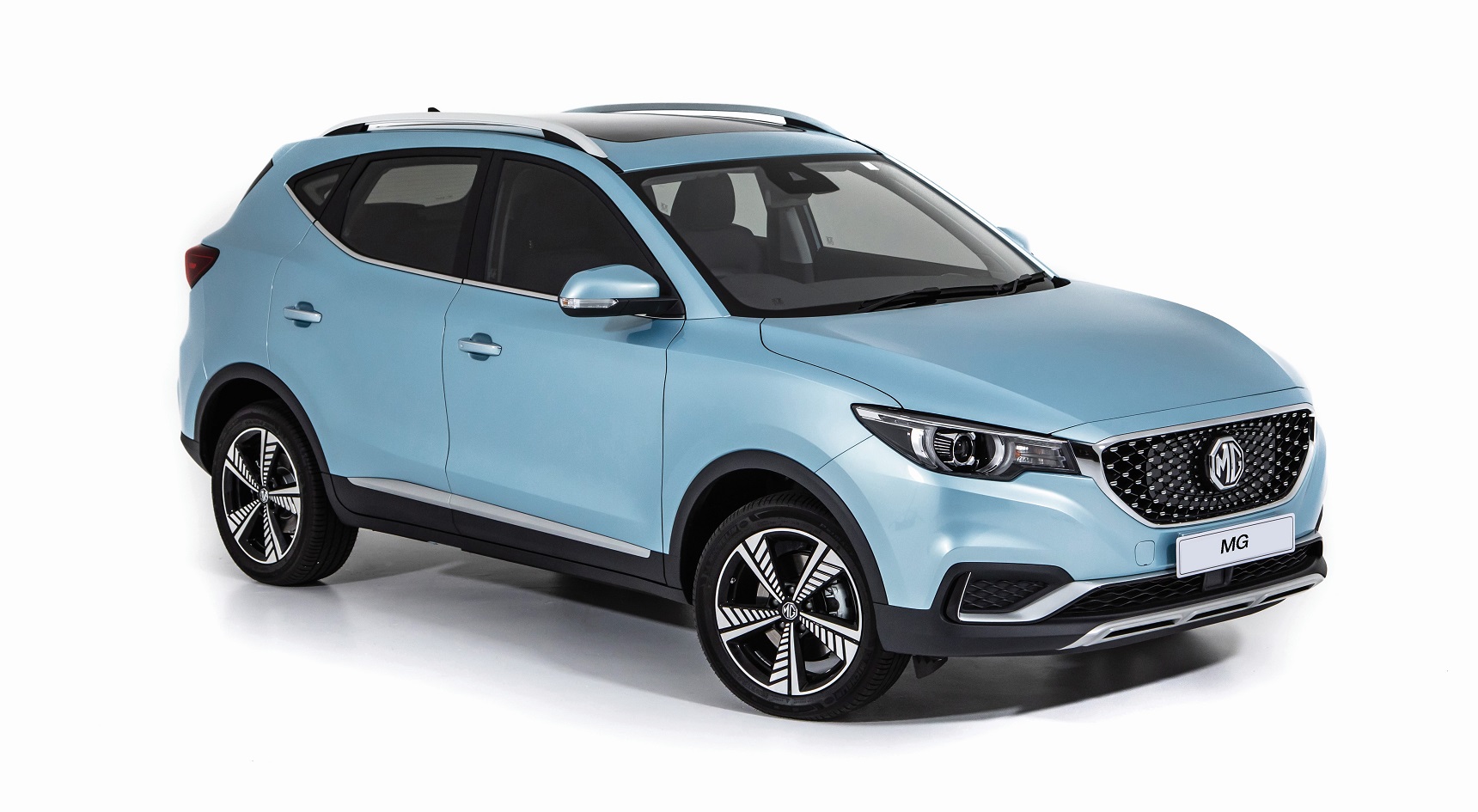
Aesthetics
The I-Pace’s lines and proportion make it the best looking of the bunch, by far. That being said, the Kona’s closed-looking front end featuring no grille vents (a design trend common in EVs across the board, as they don’t require as many vents for cooling) gives it a distinctive, imposing presence.
Value for money
Currently, price equals power in the EV equation. Naturally, the Jaguar and Audi are miles ahead when it comes to performance, compared to the Kona and the MG.
But with a price difference of $104,371 between our cheapest and dearest models, one has to ask themselves, how much am I willing to pay for performance?
The MG ZS is an obvious choice for city slickers who just want to get from A to B, while the $66,716 price-tagged Kona’s claimed range of 484km – 14km more than that of the $139,191 Jag – makes it an excellent all-rounder.
Owners of all models can rest assured with 8 year/160,000km battery warranties. All but the e-tron have 5-year vehicle warranties.
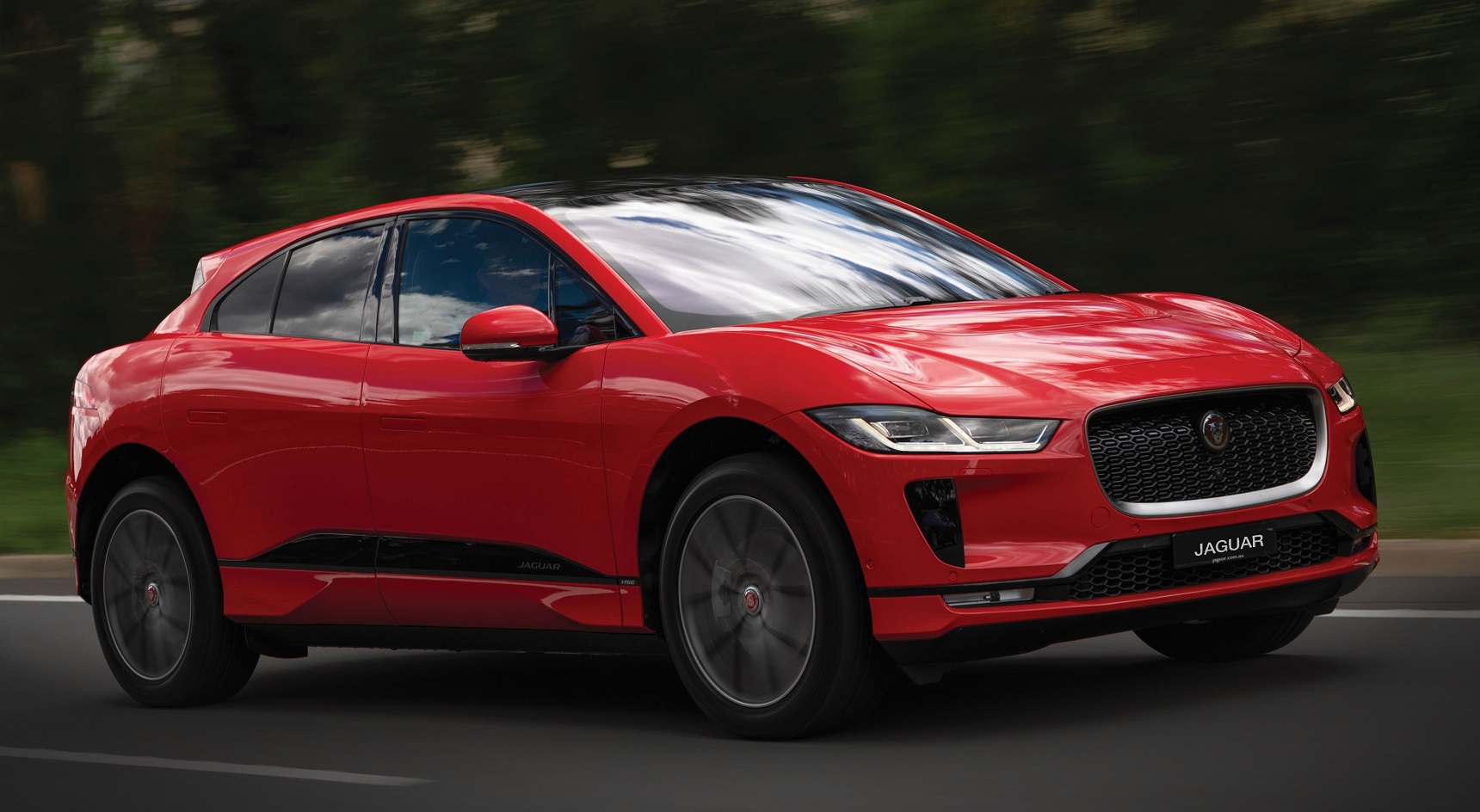
The final word
As our electric SUVs are wildly different in terms of performance, range and price, it isn’t logical to rank one above another.
Instead, we hope this cross section of the expanding electric SUV market helps inform prospective buyers about what’s available in showrooms today.
As it currently stands, if you’re in the market for an EV, your purchase decision will be determined by your budget, and the importance you place on price versus range and power.

